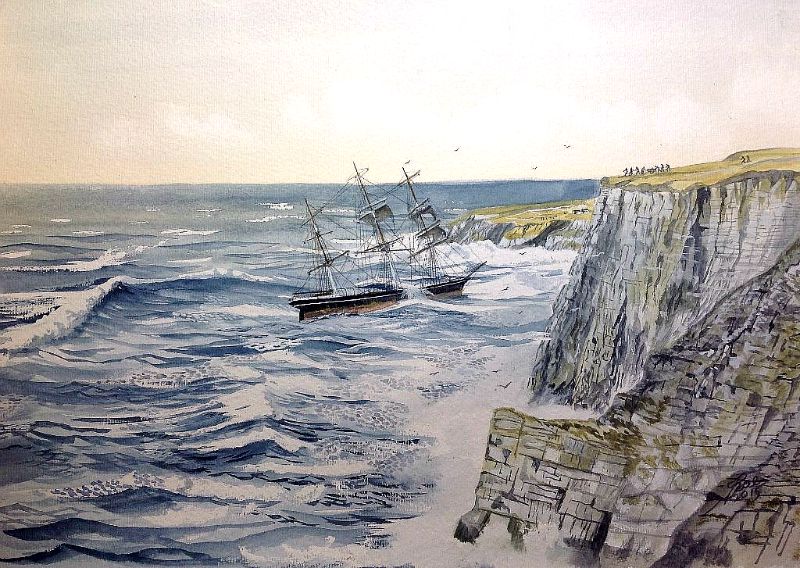
Vegaskip
-
Posts
626 -
Joined
-
Last visited
Content Type
Profiles
Forums
Gallery
Events
Posts posted by Vegaskip
-
-
-
-
- BETAQDAVE, John Allen, lmagna and 15 others
-
 18
18
-
Sometimes it is a photograph that sparks an idea. Or something I read about and try to 'illustrate'it.
The previous ones of low flying a/c were commissioned by an enthusiast who had seen the actual event.
He supplied photos of the locations, I also 'google earthed' it. Using photos of a/c from the squadrons, and where practical inserting the side numbers, serials, etc. I would say, half the fun is the research. Well actually that’s wrong one third, the fun is the research. Another third, the painting. And the last the look on the 'commissioner's' face.(so far I’ve been lucky, they have liked them!)
When I started the wreck, I knew I wanted a square rigger, a lifeboat and a Tug. I wasn’t sure about the composition so painted the 'setting' first.(see pic). After looking at it for a while, I put in the ship, then the lifeboat then finally the Tug. I thought about a Rocket Rescue Unit from the cliffs but decided not to.
Jim
-
- paulsutcliffe, el cid, JohnB40 and 21 others
-
 24
24
-
1 hour ago, jud said:
One seldom thinks about Hay, but within all industrial City's or Port's that become crowded populate centers, Hay is the fuel that kept the Draft Animals working. Without that hay the citizens would need to move back into a rural setting, industry at a large scale would have disappear, replaced by the local Black Smith, Millers, Harness Makers and a few others there to support the rural needs, there would have been few laborers because the majority would be working on small holdings to feed themselves and selling only in small units. Hay is what fed and supported early industry. Like your work, surprising how that work reveals History seldom considered, is that your unspoken intent or is it one heck of a good accident. Looking forward to your next offering.
The history part is intended. I also try to depict little known maritime events, and the humbler work a day vessels. You didn’t mention the end product of all that Hay. With several hundred thousand horses in London, it had to be moved. A lot of it went back to the farms it came from as fertilisers, not the most popular cargo!?
jim
-
-
- jud, Captain Poison, mtaylor and 17 others
-
 20
20
-
Display
Here is the finished Dunkeld Cathedral and the Scottish Horse dicplay. Features the painting of the Lynx Helicopter over the Cathedral. Regiment Cap Badge. Army Air Corps flashes, regimental Tartan and Blazer badge.
And for those who missed the original post. The history of the SH.
The Scottish Horse was a Yeomanry regiment of the British Army's Territorial Army raised in 1900 for service in the Second Boer War. It saw heavy fighting in both the First World War, as the 13th Battalion, Black Watch, and in the Second World War, as part of the Royal Artillery. It amalgamated with the Fife and Forfar Yeomanry to form the Fife and Forfar Yeomanry/Scottish Horse in 1956. The regiment also became part of the Army Air Corps 655 Squadron. 6th Regiment AAC. Originally raised around the village of Dunkeld the regiment's colours and archives are kept at Dunkeld Cathedral. The painting was commissioned by one of the keepers of the archives, it shows a Lynx Helicopter of 655 Sqdn AAC flying near Dunkeld Cathedral. -
-
I don’t know if I’ve posted this before.
A bit of American Heritage
Ships of John Paul Jones's squadron pass the river Forth estuary. Later, they were involved in the battle of Flamburgh Head.
L to R Le Cerf , Pallas, Bonhomme Richard and Vengeance, September 1779
JimPS the ships are my own interpretation.
- Jack12477, jud, Mirabell61 and 16 others
-
 19
19
-
This painting and similar, I usually do in an afternoon, 2 to 4 hours. Size A3 about 15” X 11” some times it will run over into the next day for an hour or so. I seldom do preliminary sketches , I usually know what I want and can build on it as I go. I am not a 'Water Colourist' I just use watercolour paints. White, I use gouache. I don’t know much about the technical stuff. Nor the fancy named paints. Mine are, light, medium and dark, I don’t mix up umpteen colours to get Black, I use Payne’s Grey or black if I have it. Mistakes, if bad I dump it and start againusualy different setting. Minor just wet and dab out.
hope it helps.
jim
- John Allen, Canute, BETAQDAVE and 4 others
-
 7
7
-
-
-
- ken@southside, lmagna, BETAQDAVE and 11 others
-
 14
14
-
- BETAQDAVE, Beef Wellington, JpR62 and 15 others
-
 18
18
-
The Scottish Horse was a Yeomanry regiment of the British Army's Territorial Army raised in 1900 for service in the Second Boer War. It saw heavy fighting in both the First World War, as the 13th Battalion, Black Watch, and in the Second World War, as part of the Royal Artillery. It amalgamated with the Fife and Forfar Yeomanry to form the Fife and Forfar Yeomanry/Scottish Horse in 1956. The regiment also became part of the Army Air Corps 655 Squadron. 6th Regiment AAC. Originally raised around the village of Dunkeld the regiment's colours and archives are kept at Dunkeld Cathedral. The painting was commissioned by one of the keepers of the archives, it shows a Lynx Helicopter of 655 Sqdn AAC flying near Dunkeld Cathedral.
16” X 11”
Jim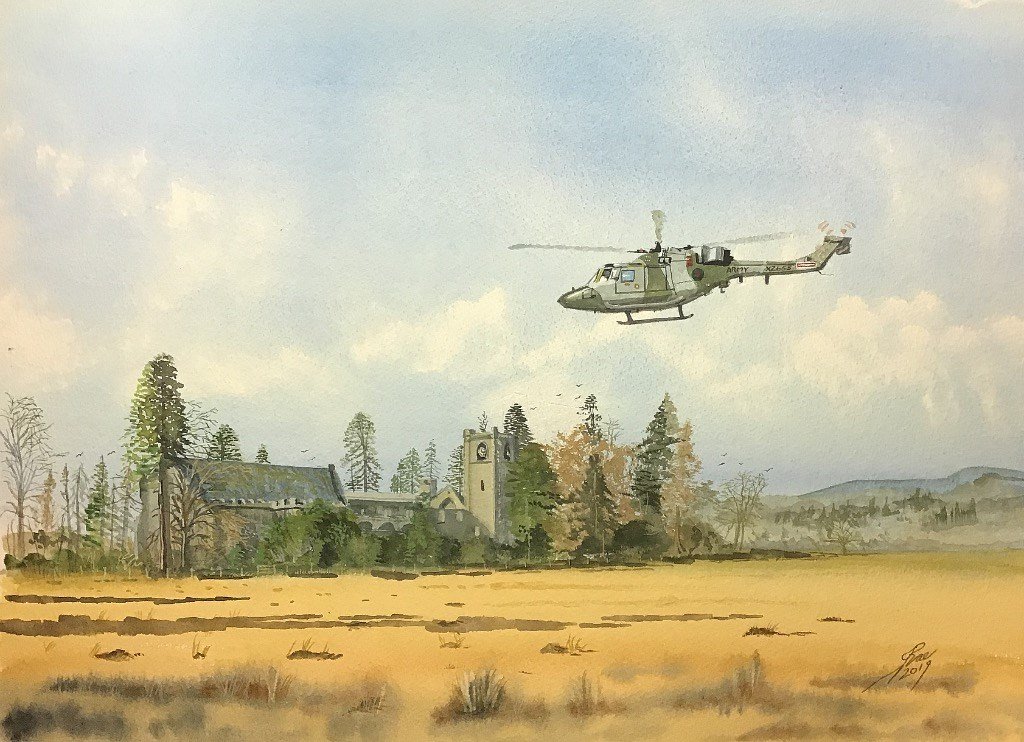
- JpR62, GrandpaPhil, cog and 13 others
-
 16
16
-
- Canute, Captain Poison, lmagna and 12 others
-
 15
15
-
- Mirabell61, hexnut, Canute and 14 others
-
 17
17
-
Thanks mark. Here’s one I did yesterday
Swordfish dropping a practice torpedo, aimed at the Paddle Minesweeper HMS Glen Avon. Off the coast of Fife near Crail. Glen Avon and Usk, both ex excursion steamers were taken up by the RN. Based for a while at Granton, they were often used as 'target ship' for aircraft from the torpedo school at HMS Jackdaw, RNAS Crail.
W/C 16” X 11”- Captain Poison, Canute, JpR62 and 20 others
-
 23
23
-
Last year I was approached by Katya, a Teacher in a School in Murmansk. She asked if I could help her with some of my paintings of Russian Convoys, for a project she was doing with her pupils for the School Museum. She contacted me through the Dervish75 events which Greta and I Attended. Anyway, today I received a letter with a Christmas Card from her, along with the end result of the project. A small folder with photos of my paintings. It is to be used to promote the School's Museum.
A small thing but a little sign of friendship by the ordinary people of both Countries. Only the angry sensational stuff reaches the media, while us ordinary folk get on with life.
Jim- Fernando E, John Allen, reklein and 25 others
-
 28
28
-
-
- mtaylor, Bob Legge, Mirabell61 and 13 others
-
 16
16
-


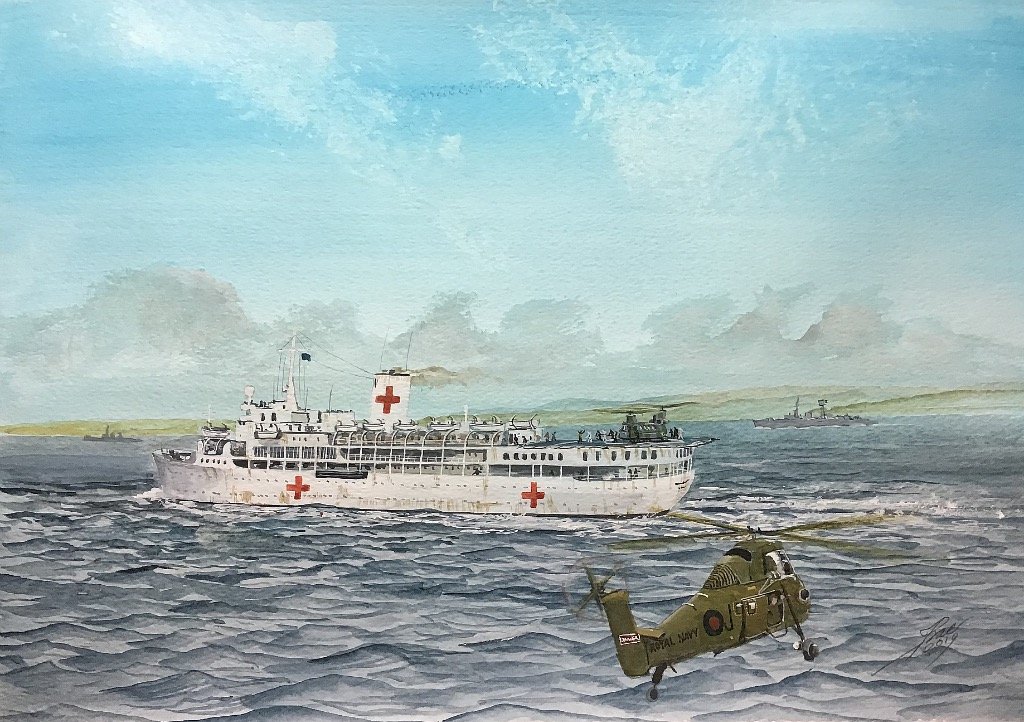
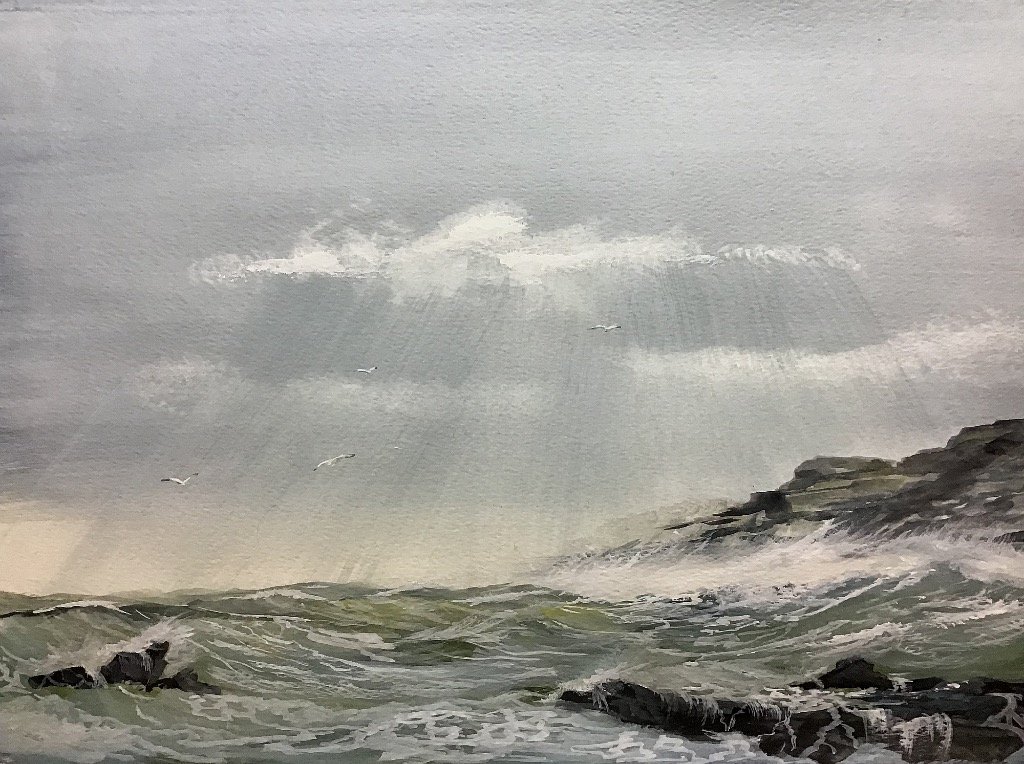
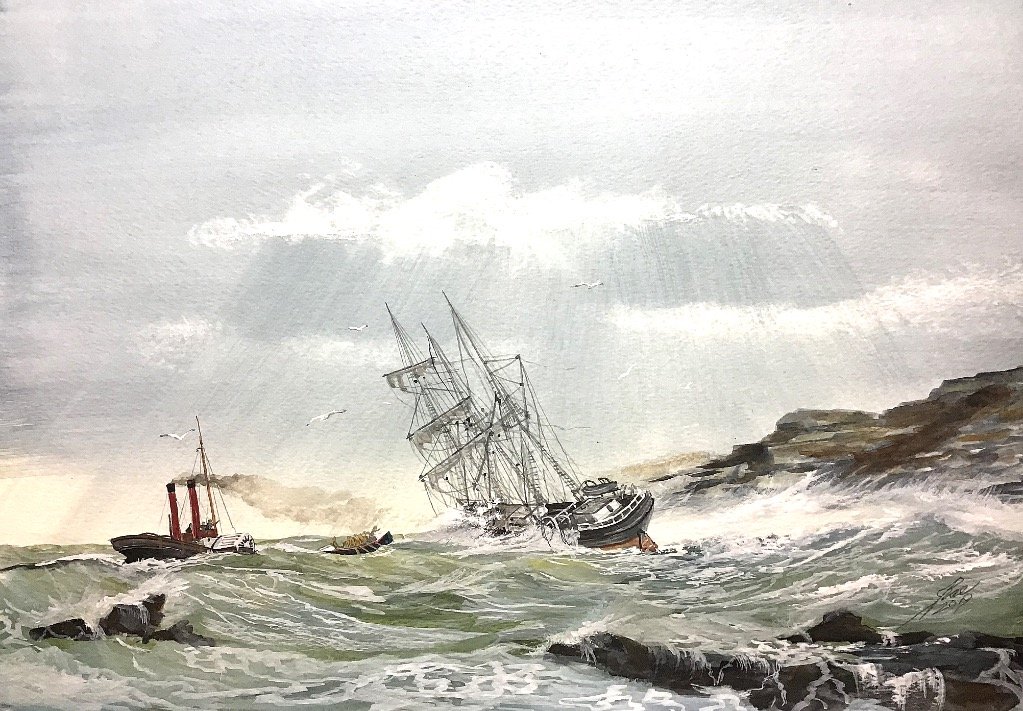
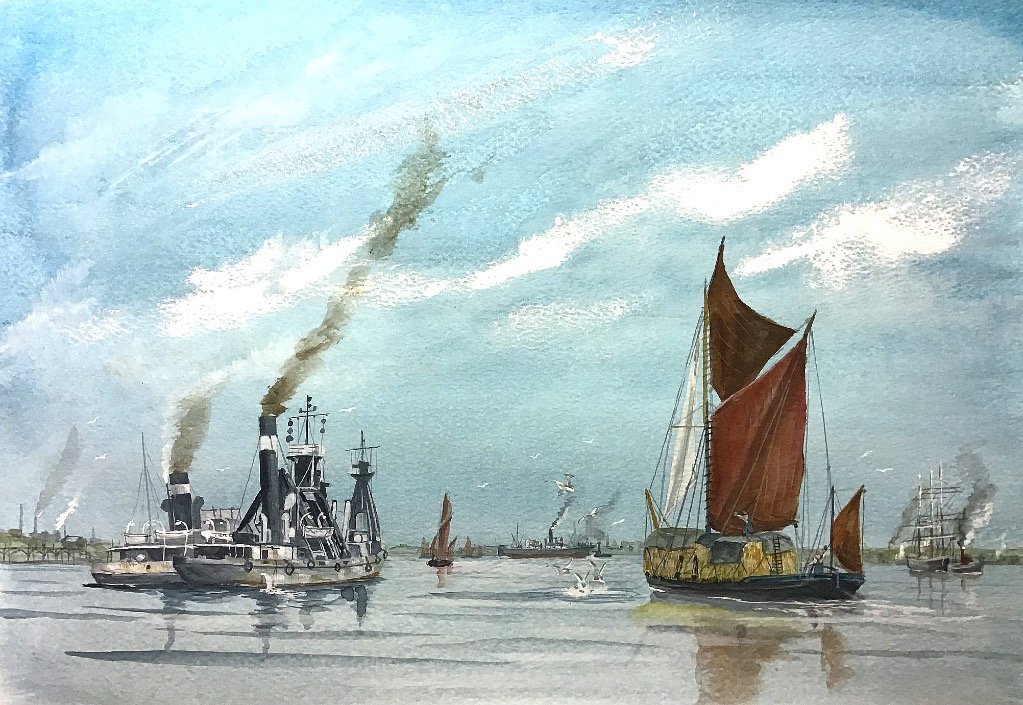
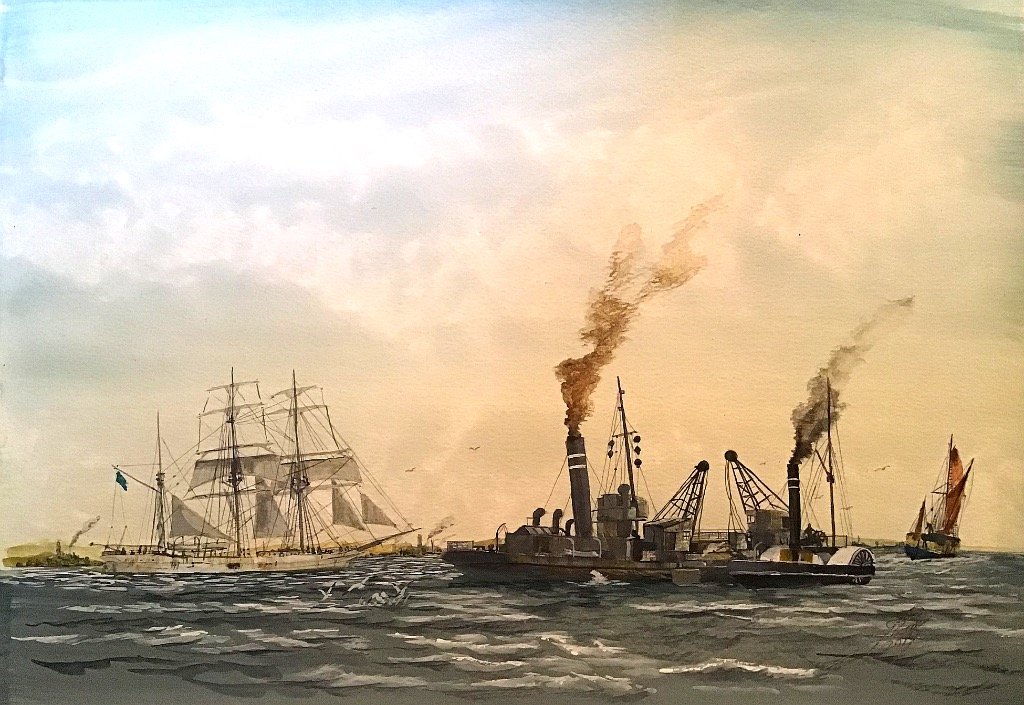
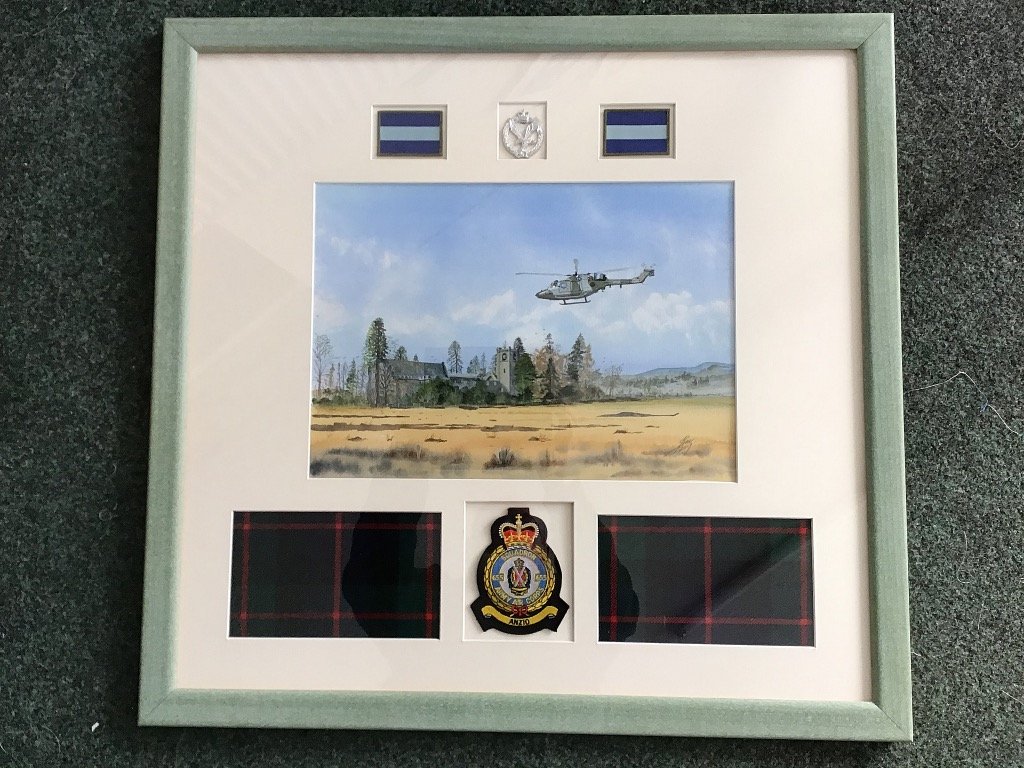
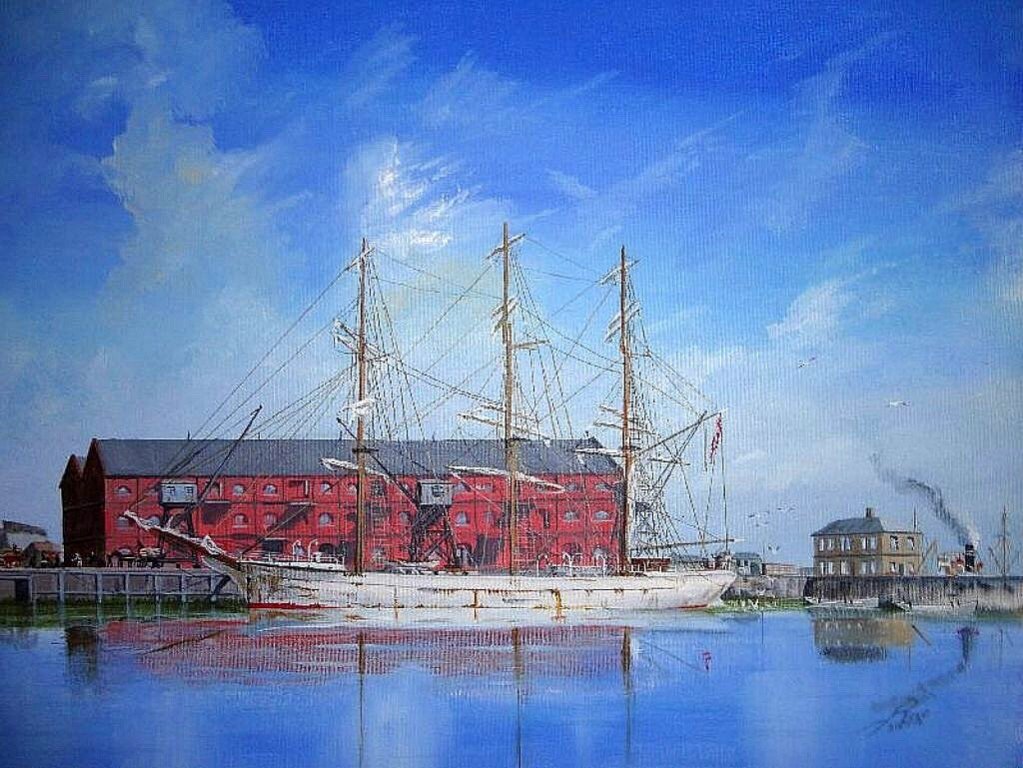
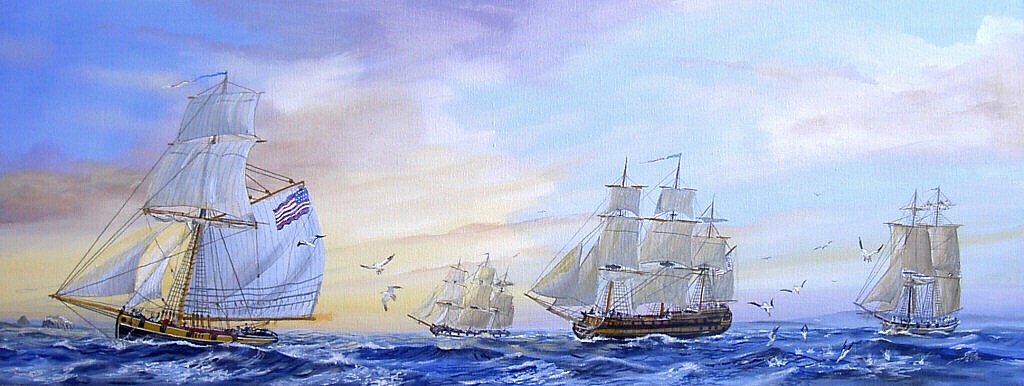
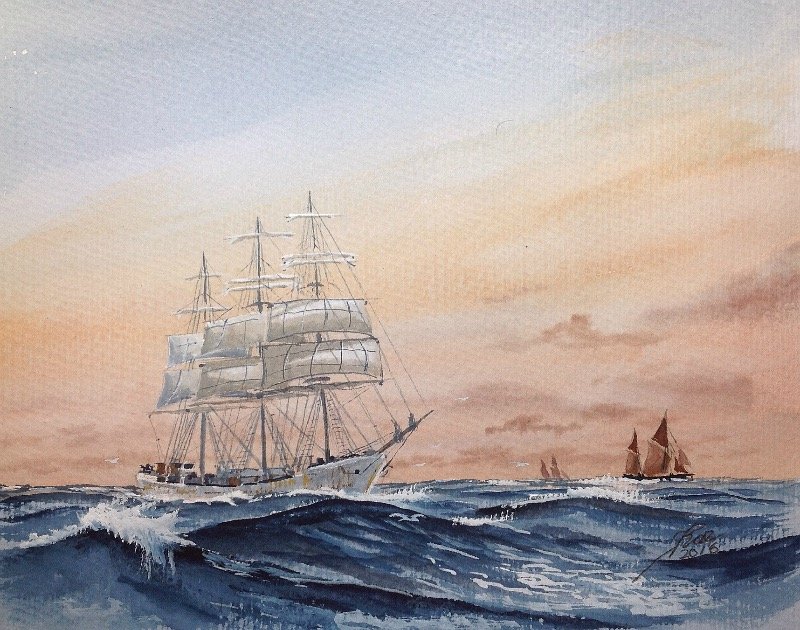
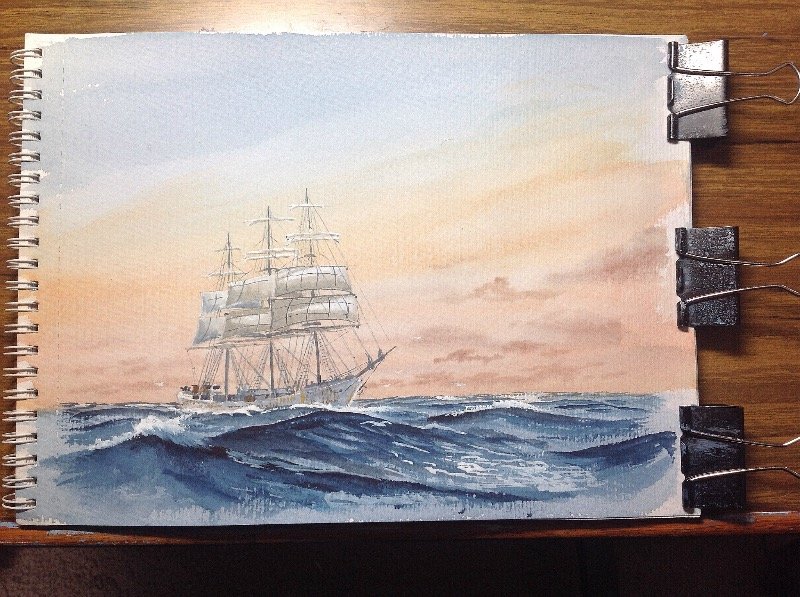

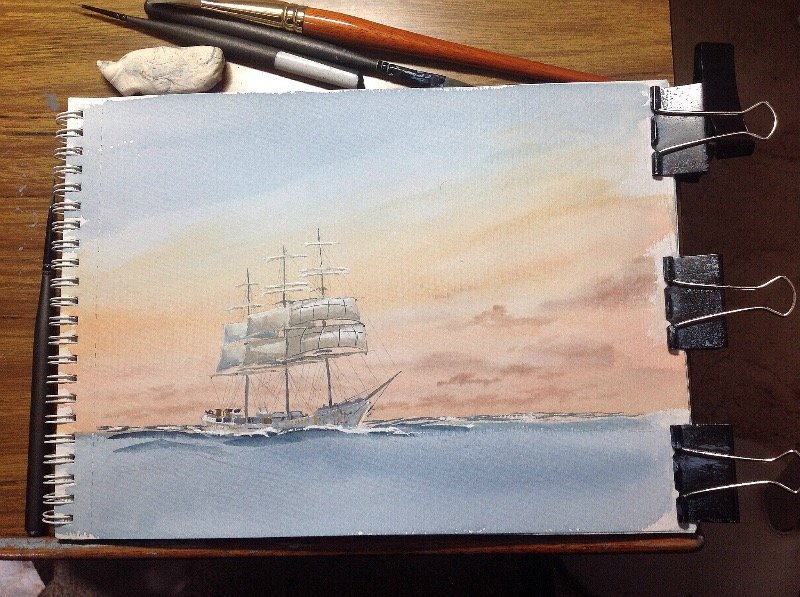
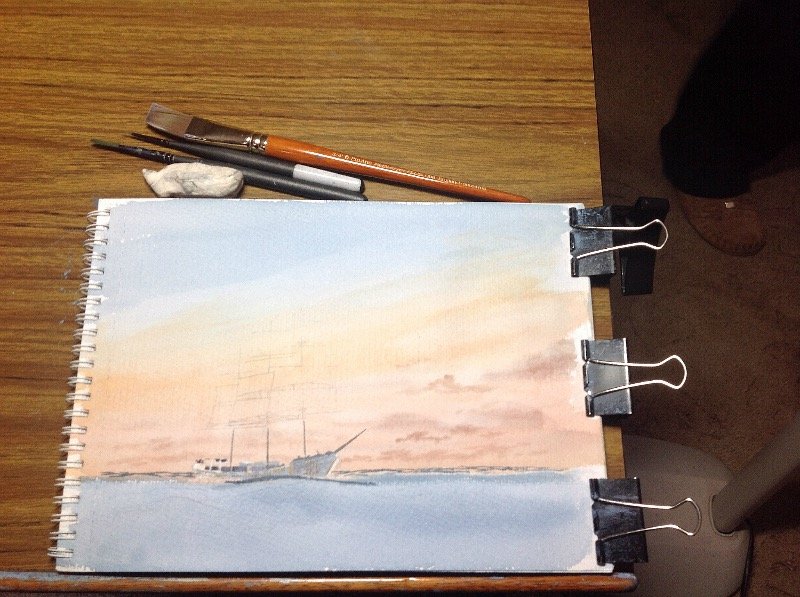
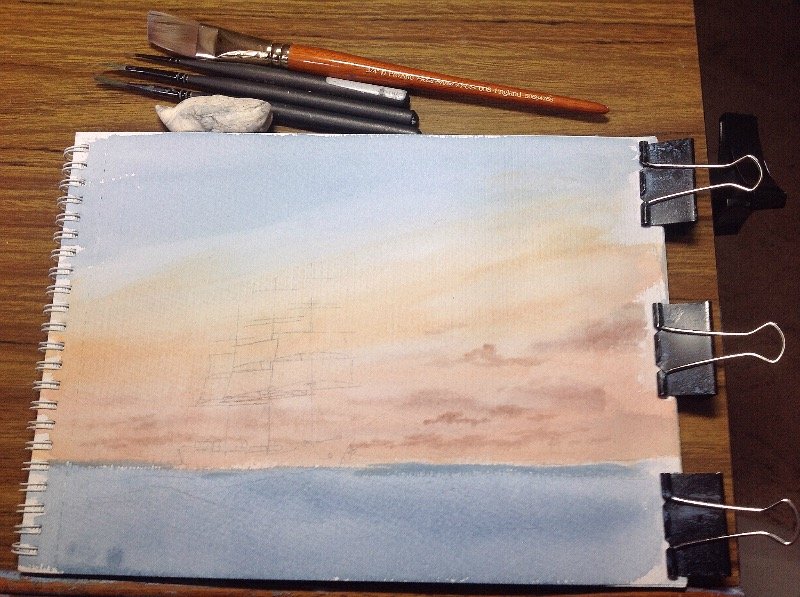
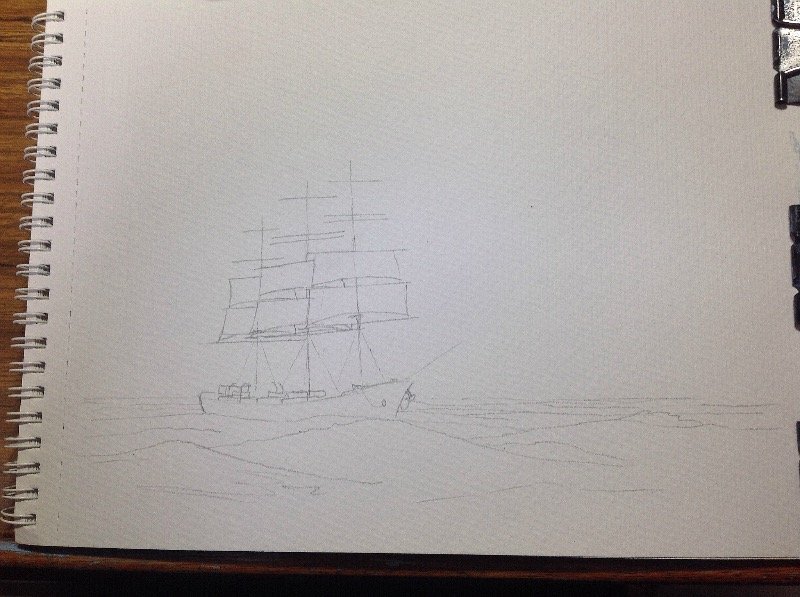

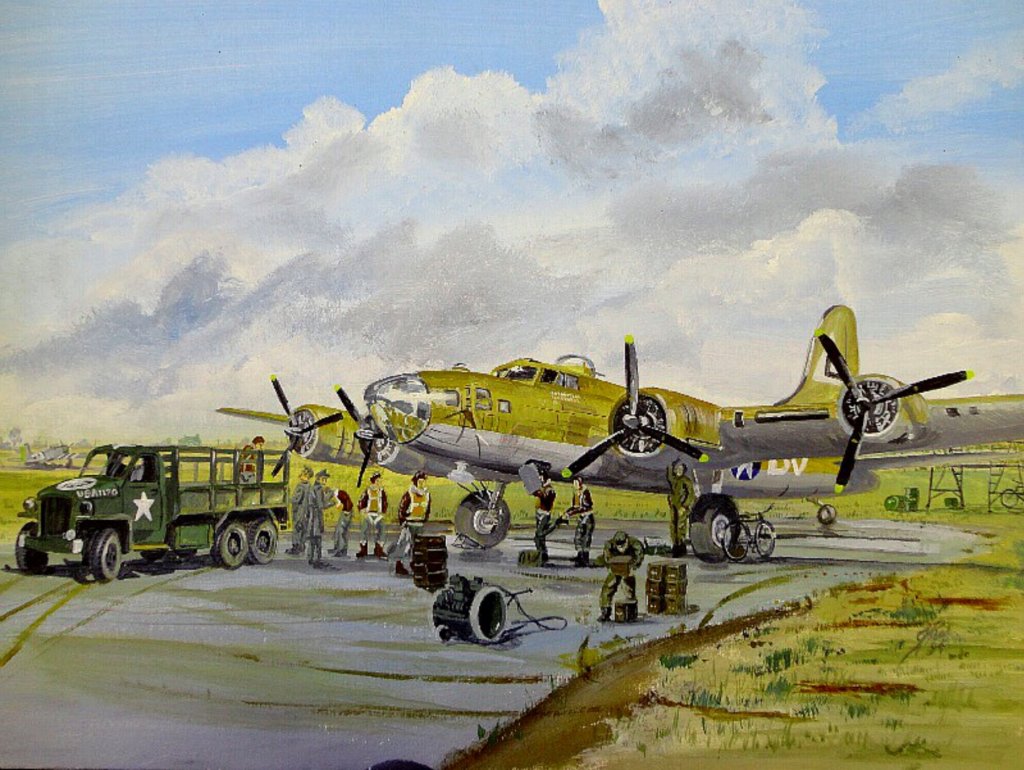
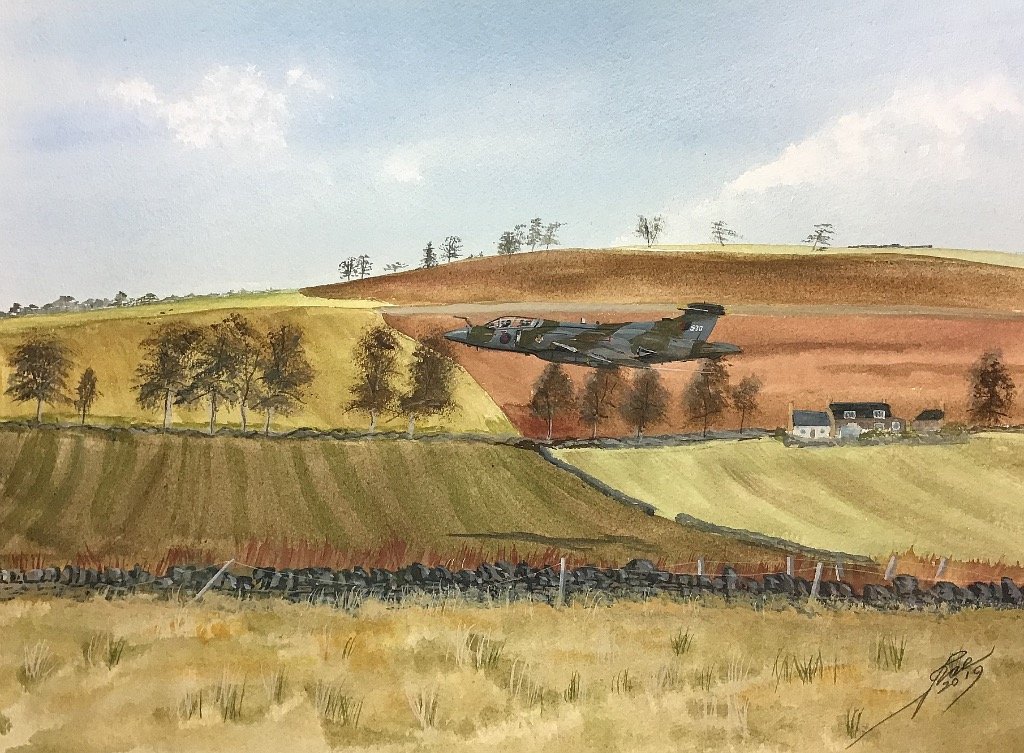
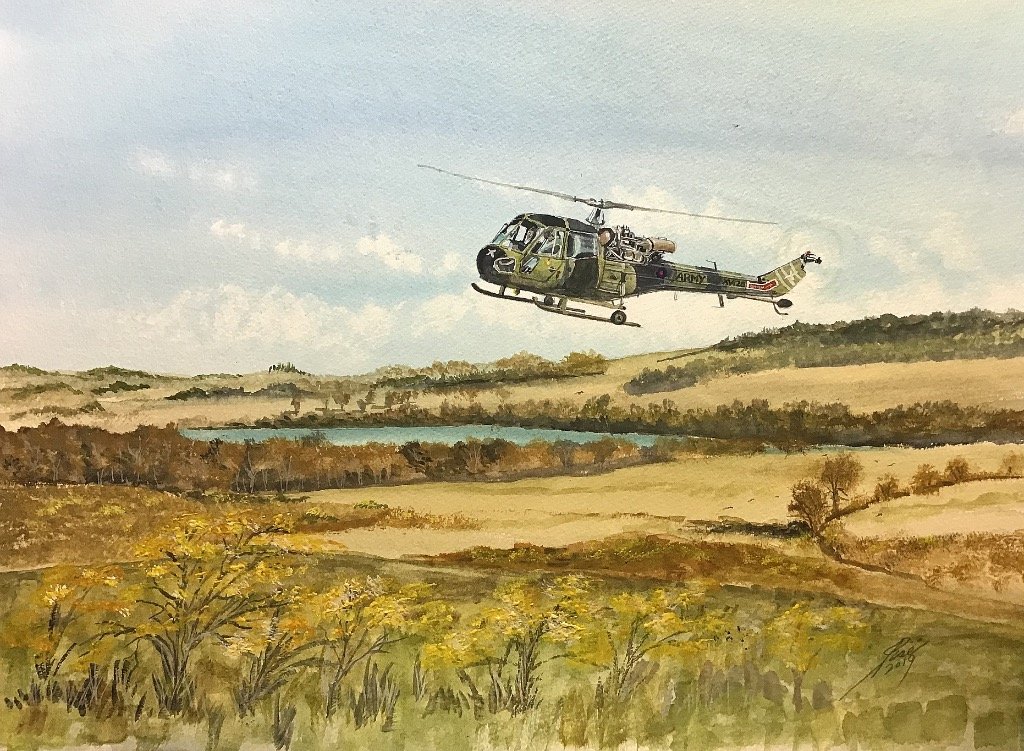
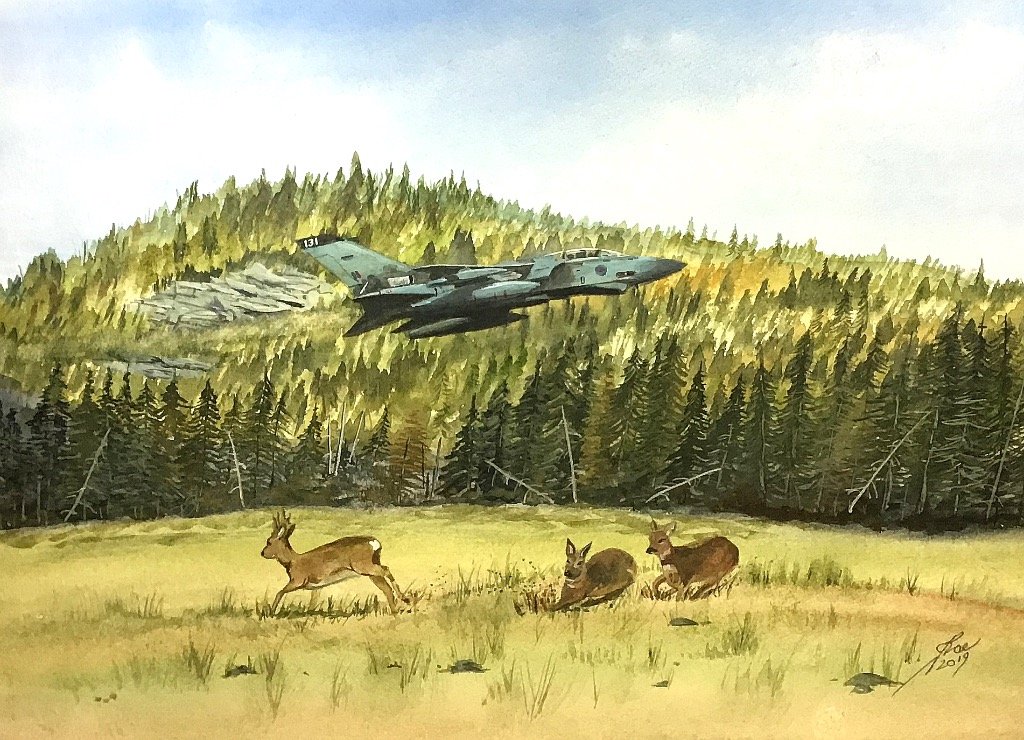
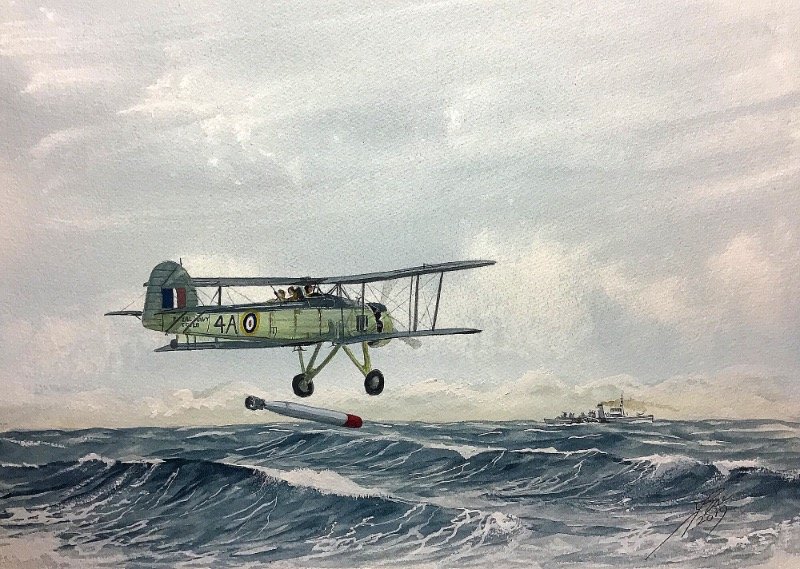

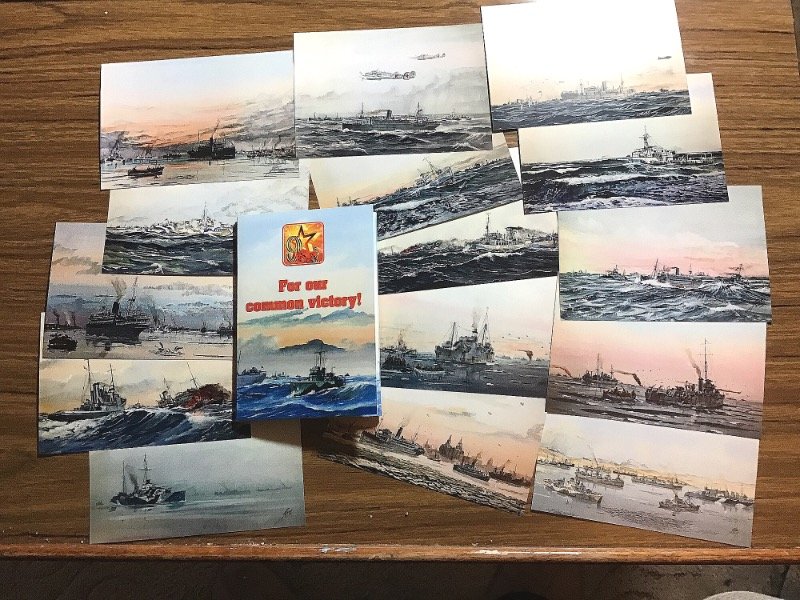


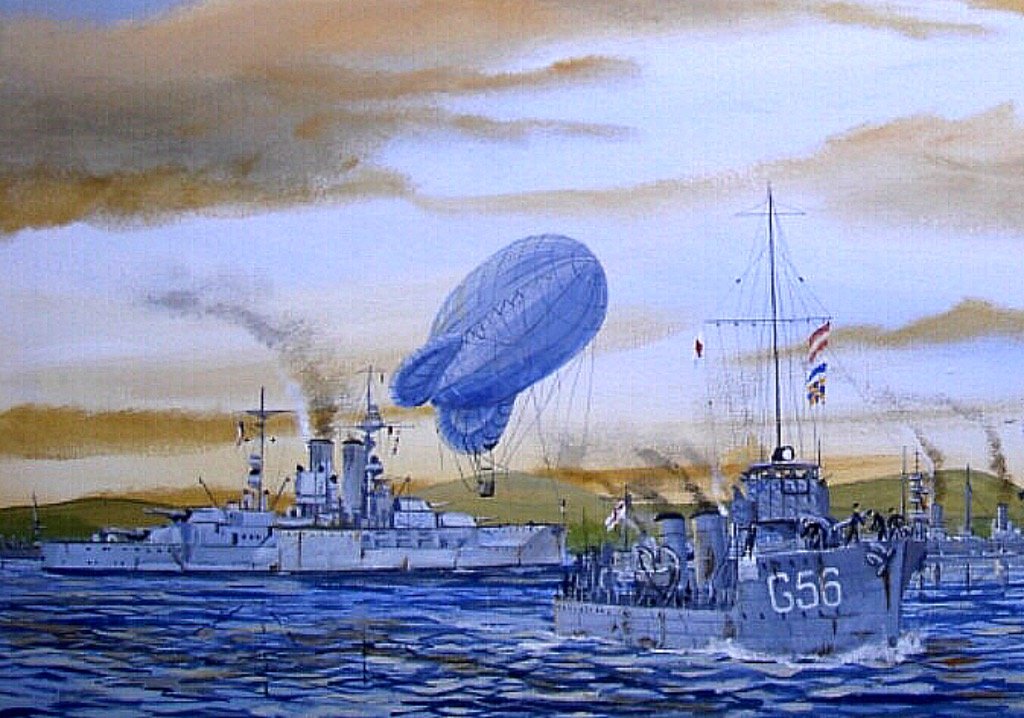
Ship paintings
in Nautical/Naval History
Posted
Thank you all for your comments
jim